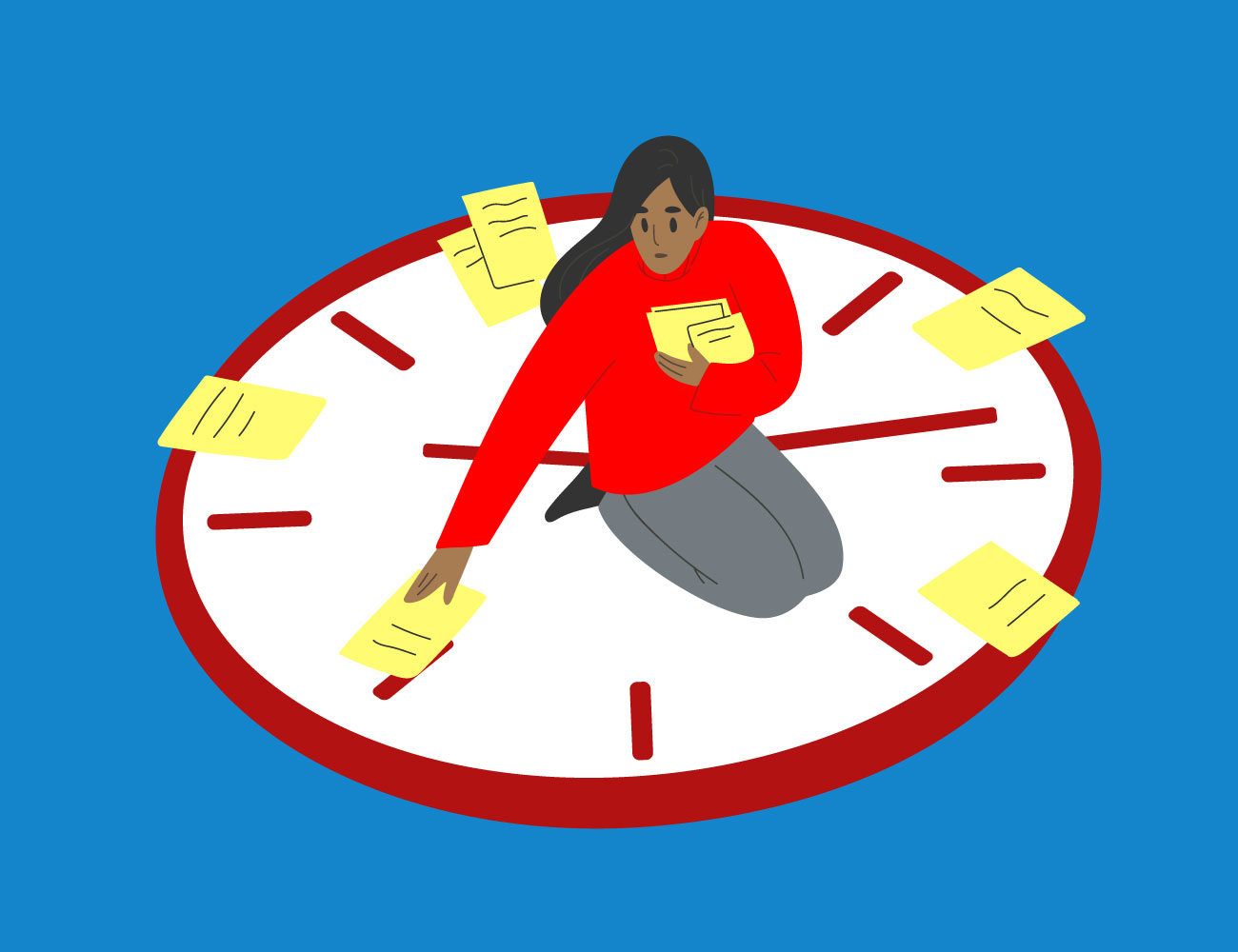
Neurodivergent or neurotypical, freelance business owners share many of the same struggles: choosing a niche, finding clients, balancing admin time with billable time, juggling deadlines and allocating time, money and energy.
In my previous article, I shared my story of how I discovered I had attention-deficit/hyperactivity disorder (ADHD) just as my editing journey was beginning. In this article and the next, I will share my best pieces of advice for growing a freelance business and some of the ways I was able to identify, accept and work with my ADHD symptoms. This article will discuss the first three of these five tips:
- Get to know yourself
- Set up your environment for success
- Explore scaffolding strategies
- Embrace routines
- Get help
Get to know yourself
Getting to know yourself well is crucial. Be curious about your thinking, energy and work patterns. When is your brain at peak performance? What gives you energy? What depletes you? Where do you excel? How do sleep and food affect you? How do you cope with deadlines? Stay curious and observant, and — most importantly — do not judge the patterns you see. Your brain and body are your own, and they are beautifully unique.
Use your self-assessment findings to inform your business decisions. For example, I knew I wouldn’t be able to cope with the stress of an ongoing feast-or-famine cycle. So from the beginning, I laser-focused on securing multiple part-time freelance contracts rather than going after lone projects. This way, if one workflow decreased, I was never left with an income of zero, and I still had room for one-off jobs as they came up. This approach also furnished variety in my work — a necessity for me, as my brain’s performance plummets when I am bored or feeling stagnant.
Set up your environment for success
Setting up and managing your environment to minimize distractions is another vital step. What kind of workspace do you need to be productive? Do you need silence? White noise? Natural light? How do you cope with interruptions? How does clutter affect your thinking? Set yourself up for success by arranging your work environment according to your needs.
I need silence when I work, so I always have earplugs on hand. When I am on task, I close my email window so I am not distracted by incoming messages. I turn off notifications on my phone and place it out of sight. For good measure, I also use Forest, an app that grows a digital tree and provides credits toward real-world tree planting if you don’t use your phone for a set amount of time.
My office can (and does) easily descend into piles of books, paper and chaos, so I have to stick to a routine of tidying regularly. Workspace organization is an active struggle, but when my office (or at least my desk) is neat, the noise in my brain lowers and I can sustain focus and attention for longer periods of time.
To cope with time blindness, I have a large wall clock in sight when I work, and I use alerts from my phone or Alexa device to remind me to get ready for meetings or switch tasks. I also have a large four-month calendar on my office wall that allows me to see at a glance what I have coming up and how much more work I can reasonably take on.
Explore scaffolding strategies
Learn about ADHD and explore tools and tactics to help you maximize your executive skills. Two books that helped me immensely were ADHD 2.0 (Edward M. Hallowell and John J. Ratey) and The Smart but Scattered Guide to Success (Peg Dawson and Richard Guare). ADDitudemag.com is also a wealth of information about how to thrive with ADHD. Some of the things you try will work well for you, and others may not, and that’s okay. Give strategies an honest go, and if they don’t help, try something else.
On days when I’m feeling alert and motivated, mapping out my day in my Planner Pad using time blocking is enough to keep me on track. On other days, I need to use the Pomodoro method to push through, with the help of the PomoDoneApp. If I’m staring down a deadline, body doubling by working on videoconference with another person through Focusmate is a lifesaver. And if I am resistant to getting started on an overwhelming task, I give it what I call “the five-minute honest try”: I set a timer for five minutes and give the task a wholehearted go, knowing I can stop when the timer goes off. Most of the time, those five minutes are all I need to get started and keep going.
In my next article, I will discuss how embracing routines that prioritize self-care and seeking help are key steps to ensuring you and your business stay healthy and thriving.
Do you have any other tips for neurodivergent business owners? Please share in the comments below.
___
Previous post from Jahleen Turnbull-Sousa: Can I Be an Editor If I Have ADHD?
The Editors’ Weekly is the official blog of Editors Canada. Contact us.
Discover more from The Editors' Weekly
Subscribe to get the latest posts sent to your email.
